
Filter News
Area of Research
- (-) National Security (10)
- Advanced Manufacturing (1)
- Biology and Environment (27)
- Biology and Soft Matter (1)
- Electricity and Smart Grid (1)
- Energy Science (26)
- Fusion and Fission (4)
- Isotopes (1)
- Materials (28)
- Materials for Computing (4)
- Neutron Science (9)
- Nuclear Science and Technology (6)
- Supercomputing (33)
News Topics
- (-) Big Data (4)
- (-) Grid (3)
- (-) Materials Science (2)
- 3-D Printing/Advanced Manufacturing (1)
- Artificial Intelligence (6)
- Bioenergy (2)
- Biology (3)
- Biomedical (1)
- Biotechnology (1)
- Buildings (1)
- Computer Science (9)
- Coronavirus (1)
- Cybersecurity (8)
- Environment (3)
- High-Performance Computing (3)
- Machine Learning (8)
- Materials (1)
- Nanotechnology (1)
- National Security (23)
- Neutron Science (2)
- Nuclear Energy (2)
- Partnerships (1)
- Quantum Science (1)
- Security (5)
- Simulation (1)
- Summit (1)
Media Contacts
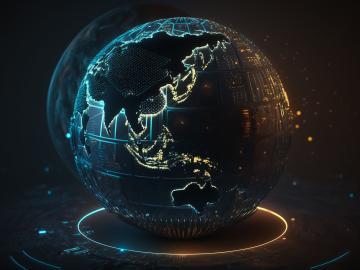
Digital twins are exactly what they sound like: virtual models of physical reality that continuously update to reflect changes in the real world.
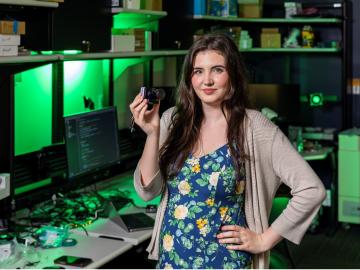
Tristen Mullins enjoys the hidden side of computers. As a signals processing engineer for ORNL, she tries to uncover information hidden in components used on the nation’s power grid — information that may be susceptible to cyberattacks.
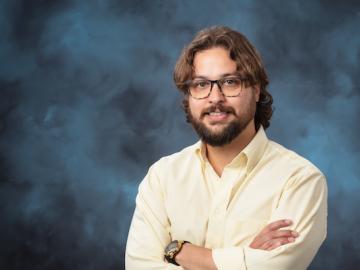
In human security research, Thomaz Carvalhaes says, there are typically two perspectives: technocentric and human centric. Rather than pick just one for his work, Carvalhaes uses data from both perspectives to understand how technology impacts the lives of people.
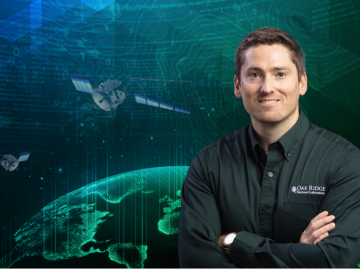
When Matt McCarthy saw an opportunity for a young career scientist to influence public policy, he eagerly raised his hand.
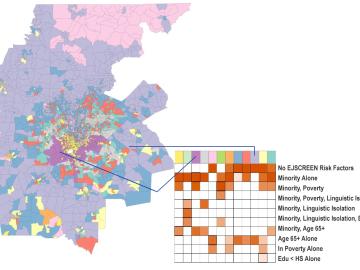
Scientists develop environmental justice lens to identify neighborhoods vulnerable to climate change
A new capability to identify urban neighborhoods, down to the block and building level, that are most vulnerable to climate change could help ensure that mitigation and resilience programs reach the people who need them the most.
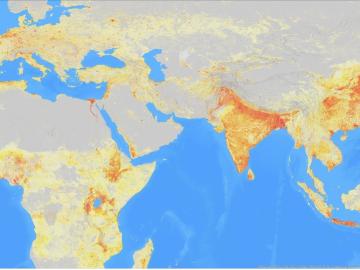
It’s a simple premise: To truly improve the health, safety, and security of human beings, you must first understand where those individuals are.

A team of researchers has developed a novel, machine learning–based technique to explore and identify relationships among medical concepts using electronic health record data across multiple healthcare providers.
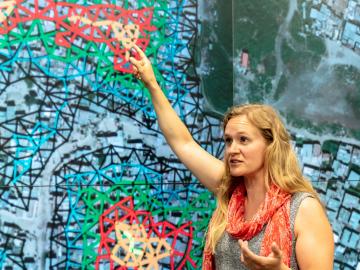
Unequal access to modern infrastructure is a feature of growing cities, according to a study published this week in the Proceedings of the National Academy of Sciences

From materials science and earth system modeling to quantum information science and cybersecurity, experts in many fields run simulations and conduct experiments to collect the abundance of data necessary for scientific progress.

Research by an international team led by Duke University and the Department of Energy’s Oak Ridge National Laboratory scientists could speed the way to safer rechargeable batteries for consumer electronics such as laptops and cellphones.


